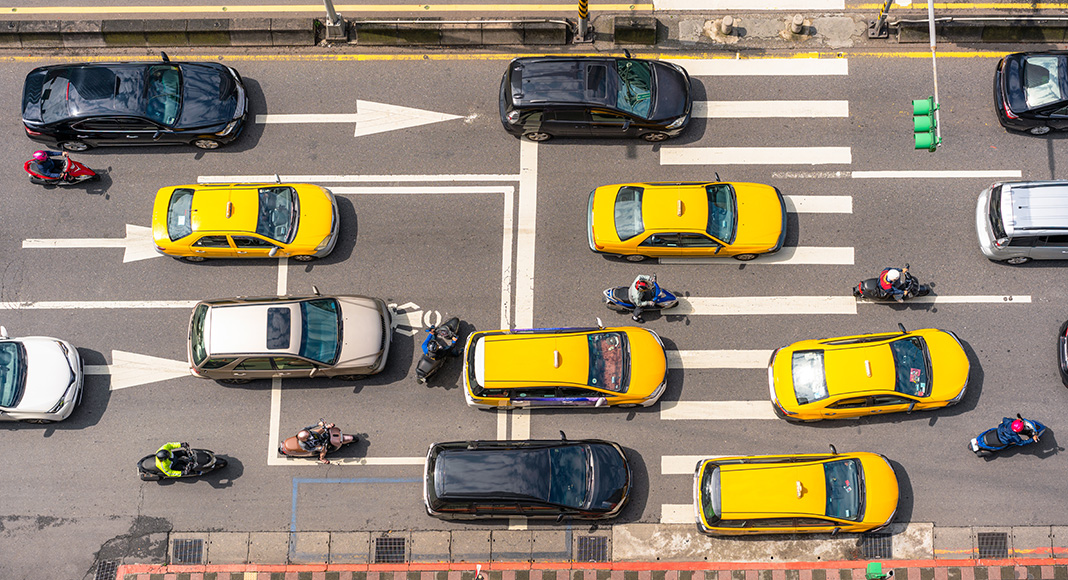New AAA research has revealed Automatic Emergency Braking (AEB) is better at spotting stationary vehicles, but speed poses challenges.
AEB, which uses forward-facing cameras and other sensors to automatically tell a vehicle car to apply the brakes when a crash is imminent, has reduced rear-end crashes at slower speeds, and the technology has been refined over the years with upgraded hardware and software.
The AAA wanted to know if the latest generation of AEB could handle higher speeds and detect moving vehicles in its path at intersections. It tested AEB rear-end crash performance when encountering a stationary vehicle at speeds of 30 and 40 mph and when encountering moving vehicles in collision scenarios involving an intersection ‚Äď T-bone and unprotected left turn.
At 30 mph, the tests found AEB prevented a rear-end collision 17 times out of 20. But at 40 mph, AEB only prevented a rear-end crash in six of 20 test runs ‚Äď 30 per cent.
In both the T-bone and left-turn in front of oncoming vehicle tests, crashes occurred 100 per cent of the time. AEB failed to alert the driver, slow the vehicle’s speed and avoid the crash.
‚ÄúAutomatic Emergency Braking does well at tackling the limited task it was designed to do,‚ÄĚ said Greg Brannon, director of AAA‚Äôs automotive engineering and industry relations.
“Unfortunately, that task was drawn up years ago, and regulator’s slow-speed crash standards haven’t evolved.
‚ÄúTesting requirements for this technology, or any vehicle safety system for that matter, must be updated to handle faster, more realistic speeds and scenarios with the greatest safety benefit for drivers.‚ÄĚ



















